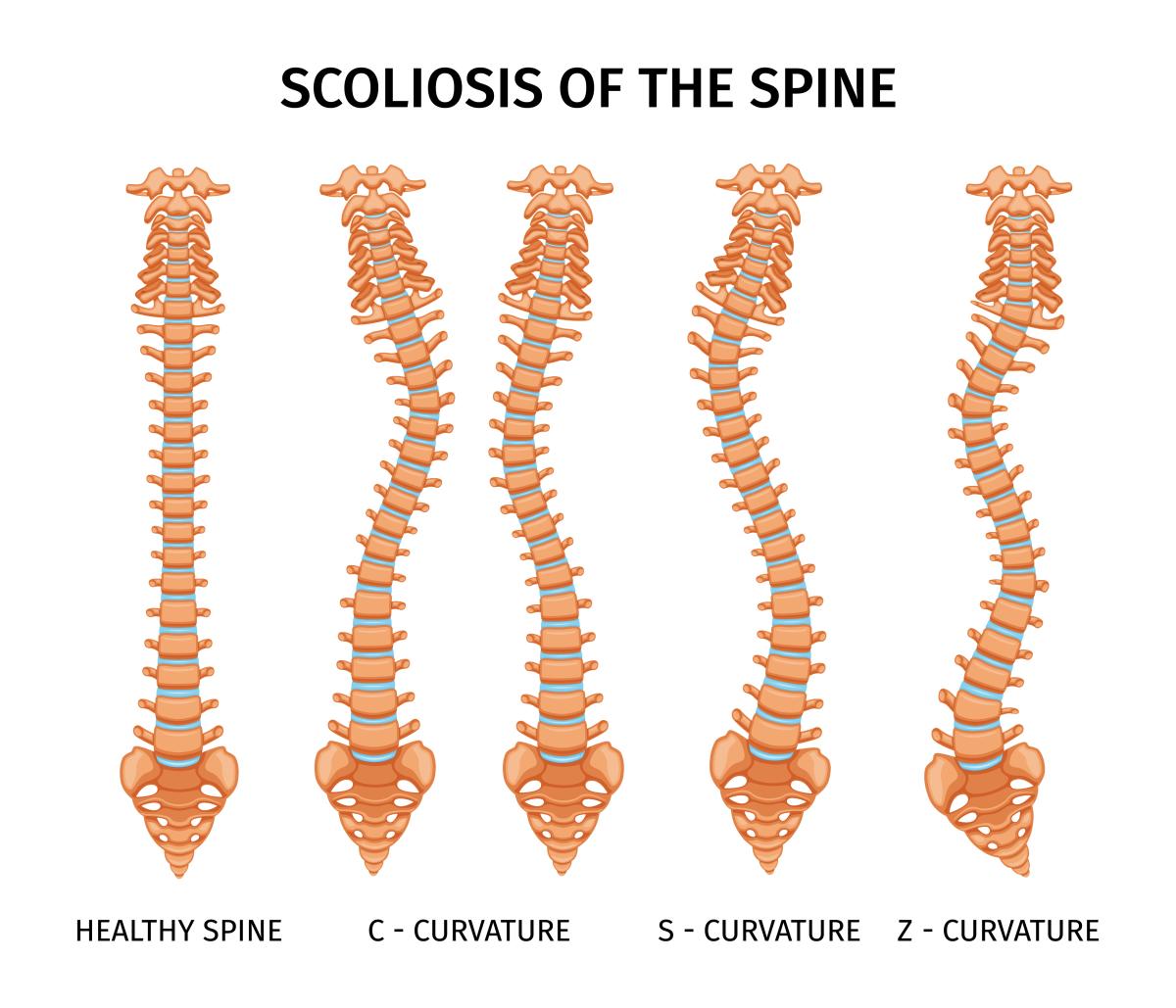


Scoliosis is a condition where the spine curves abnormally to the side, forming an “S” or “C” shape. It can develop at any age, though it most commonly occurs during adolescence. Early detection of scoliosis is crucial for effective treatment, as severe cases can lead to discomfort, reduced mobility, and complications with other organs. This guide will help you understand the early signs of scoliosis, why it occurs, and how it is diagnosed and treated.
In many cases, the exact cause of scoliosis is unknown (idiopathic scoliosis), but some known causes include:
Children are often diagnosed with scoliosis during routine school screenings or checkups. Look for these warning signs:
Uneven Shoulders – One shoulder may appear higher than the other.
Uneven Waistline – One side of the waist may look higher or more pronounced.
Prominent Shoulder Blade – One shoulder blade may stick out more than the other.
Rib Hump – When bending forward, the ribs on one side may appear more raised.
Leaning to One Side – The entire body may seem tilted.
Adult scoliosis often develops due to age-related spine changes. Common symptoms include:
If you suspect scoliosis, consult a specialist for an accurate diagnosis.
Physical Examination
Doctors may use the Adam’s Forward Bend Test, where the patient bends forward to check for spinal asymmetry.
Imaging Tests
A curve greater than 10 degrees is classified as scoliosis, and its severity determines the treatment plan.
If you’re considering advanced treatment, consulting an orthopedic spinal surgeon in Chesterfield can help you explore both surgical and non-surgical solutions.
Many people with scoliosis lead active, fulfilling lives with the right care and support. Early diagnosis, proper treatment, and regular follow-ups are key to managing the condition effectively.
If you’re seeking expert care, a trusted spinal surgeon in Chesterfield or an experienced orthopedic surgeon in Chesterfield can provide personalized treatment options to improve spine health.